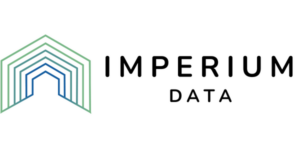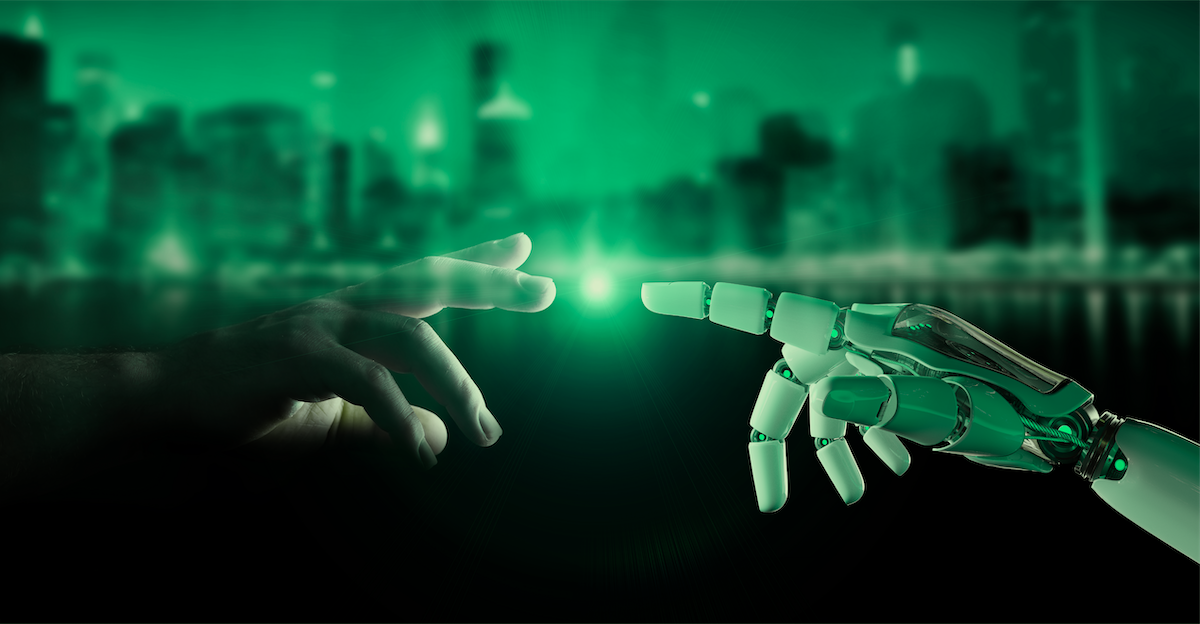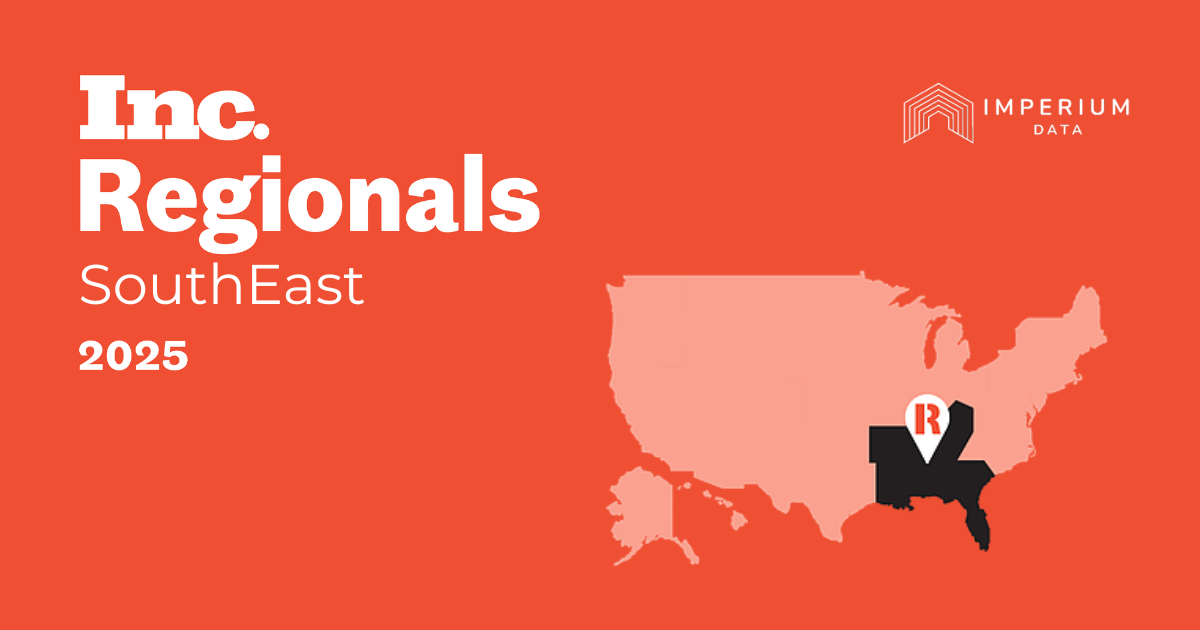The Tech Industry’s Outlook as Offices Reopen
Covid-19 has changed the office environment completely, at least for the near future. With liability seemingly as significant of a concern to businesses as the virus itself, companies are doing everything they can to keep their employees and customers safe, as well as their legal team. Professional landlords equally must be mindful of these concerns and are implementing their own policies to handle the issues as they need to be sure tenants are comfortable returning to the workplace, or they fear losing their tenants in total.
As of mid-summer 2020, some businesses are beginning to return to work, while others plan to delay this return to as late as Q1 2021. Regardless of the actual return timeline, employees may return to the same address where they previously worked, but it will not be the same workplace. Fundamental changes include a few main components:
- Extremely diligent and frequent cleaning services
- Temperature checks
- Elevator scheduling to avoid close contact
- Staffing in shifts and/or limited staffing on-site
- Spacing out furniture
- Limiting or removing the use of amenity areas in their entirety
Just a decade ago, these changes would simply not be possible; however, a silver lining to the pandemic is the timing of its occurrence. While some may point to the negatives of this timing in terms of its presence during an election year and other points of concern, the truth is we are lucky. We are fortunate technology has advanced to the point where the technology is available to help meet these needs. Still, this technology is abundant, accessible, and, most importantly, affordable with quick installation. In a society that is often ridiculed for being reactionary, it is appropriate to react quickly to the changes in the environment.
Larger companies are achieving many of the above-listed items by implementing modern technologies that we use every day. For years we’ve been using kiosks for mall shopping or to order from local fast eateries while phone applications have become part of our daily life and almost an extension of our physical being. Badge swipes have allowed us to access amenity areas in our buildings or specific spaces we rent. These everyday technologies are now being put to new use to meet the needs of the virus.
At many locations, kiosks (sometimes touchless) are used to take temperatures. Phone applications are being used to track employees as well as inform them of test results and whether or not they are permitted on site. When on-site, the phone applications will allow employees to reserve areas such as conference rooms or desks for extended periods of time. Staff will be tied into these application technologies to track when areas need to be cleaned, how often they are used, and contact tracing if necessary in the event of an employee testing positive for the virus. For large multi-story buildings, these same applications can be integrated with common building areas such as elevators, floor access, and amenity access to restrict contact exposure and promote social distancing.
These measures ensure safety and test the patience of employees as long elevator waits will likely become extremely frustrating and hurt employee morale. Fortunately, creative approaches have been taken to the workday to balance out these effects, such as staggering working hours for employees and encouraging employees to clock in or clock out at different times.
Technologies to promote social distancing are being used. Previously crowded printer areas and office supply areas will be a thing of the past in the short term. Companies will spread out these areas or eliminate them altogether through reliance on technology.
Other less noticeable measures are being taken as well. Thermal scanners are being added to many areas while the airflow of the air conditioning system is being altered in some locations to be extra careful. Many other outside-the-box ideas are being tested, including sensor installation and various other technologies.
These wide varieties of technologies are often handled by sophisticated software systems and IT professionals to ensure their effectiveness and prompt responsiveness to potential virus detections. At this point, many of these technologies have the appearance of providing useful results; however, this issue is new to the entire working generation; therefore, the jury is out. Through the presence of the appropriate IT tracking team, management will be able to analyze compiled and organized data pieces to determine not only what policies to keep and shed as time goes on for safety purposes, but also where employees are staying productive and where they are not as a result of the new measures.
This is just scratching the surface of what is in store for the technology world, and we are eagerly waiting to see more.



